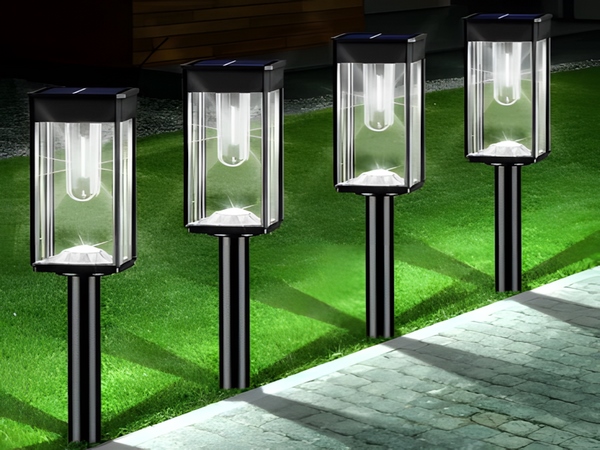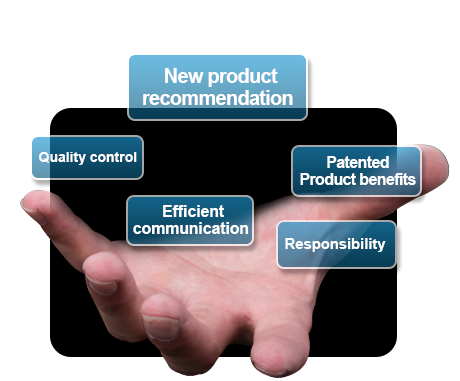The Earth’s ecological resources are diminishing day by day, leading to rising costs of basic energy. As living conditions and energy demands increase, solar energy is garnering more attention as an inexhaustible natural energy source and an environmentally friendly alternative. With the development and advancement of solar photovoltaic technology, solar-powered products have emerged in recent years that offer both environmental protection and energy conservation advantages. Products such as solar street lamps, courtyard lights, and lawn lights are gradually forming a scale of application, and the technology for solar power generation in street lighting has been mastered. For example, LED solar street lamps are designed for the reference of peers.

Solar street lights consist of several components: solar panels, battery packs, solar controllers, light sources, lamp poles, and lamp housings. If the output power is AC 220V or 110V, an inverter must also be equipped.
The solar panel is the most significant and valuable component in solar street lamps. Its purpose is to convert solar thermal energy into electrical energy and store it in batteries. Commonly used and practical types of solar batteries include monocrystalline silicon solar cells, polycrystalline silicon solar cells, and amorphous silicon solar cells. In southern regions where rain is frequent and sunlight is insufficient, monocrystalline silicon solar cells are preferred due to their stable performance parameters. In the eastern and western regions where sunlight is abundant, polycrystalline silicon solar cells are preferable, as they have higher performance parameters and lower prices than monocrystalline cells. Amorphous silicon solar cells are better suited for outdoor conditions where sunlight is limited, as they have lower requirements for solar illumination.

Solar photovoltaic power
systems require a battery system to function. Common types of batteries include lead-acid batteries, Ni-Cd batteries, and Ni-H batteries. The selection of battery capacity generally adheres to the following principles: it must meet the lighting needs for nighttime while maximizing the storage of energy generated by solar panels during the day, and it must also be able to store enough energy to meet the lighting requirements for consecutive rainy nights. A battery that is too small cannot meet nighttime lighting needs, while one that is too large remains in a state of discharge continuously, affecting the battery’s lifespan and causing waste. The battery should be matched with the solar panels and power load. The power of the solar panel should exceed the load power by more than four times for the system to operate normally. The voltage of the solar panel should be 20-30% higher than the operating voltage of the battery to ensure proper charging.
Regardless of the size of a solar lamp, a well-functioning charge-discharge controller is essential. To prolong battery life, charging and discharging conditions should be restricted to prevent overcharging and deep discharge. In places with significant temperature variations, a qualified controller should also have temperature compensation functionality. Additionally, the solar controller should provide streetlight control capabilities, including light control and time control, as well as automatic load control at night. This allows for extended working hours of street lamps during rainy days and ensures energy savings and environmental protection without generating harmful factors.

